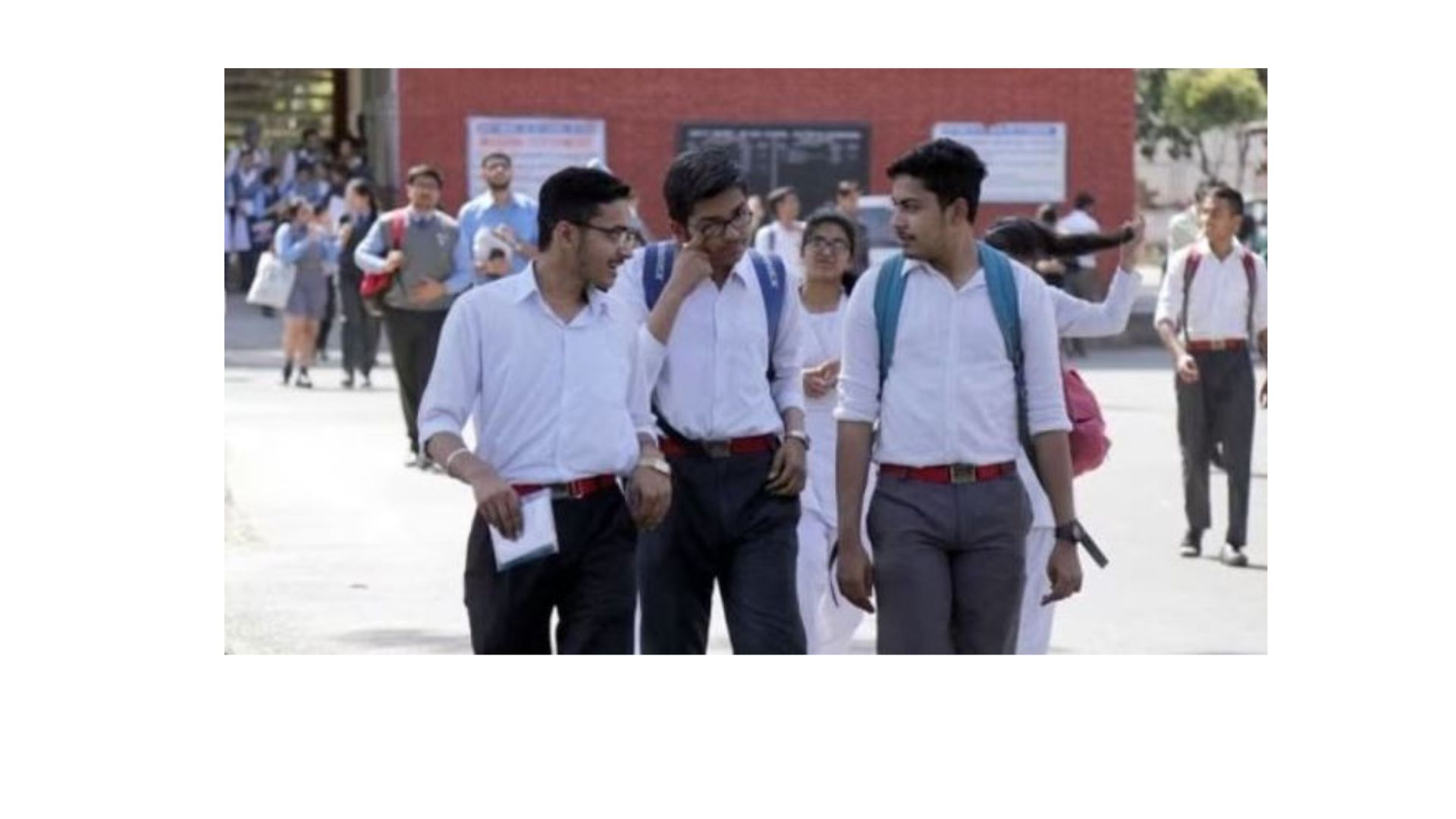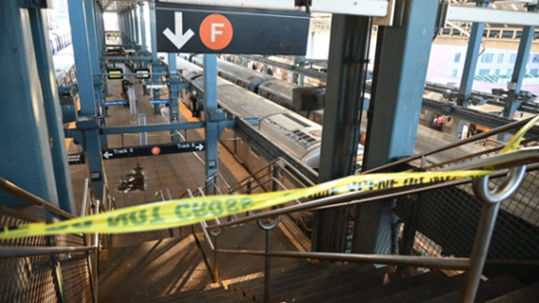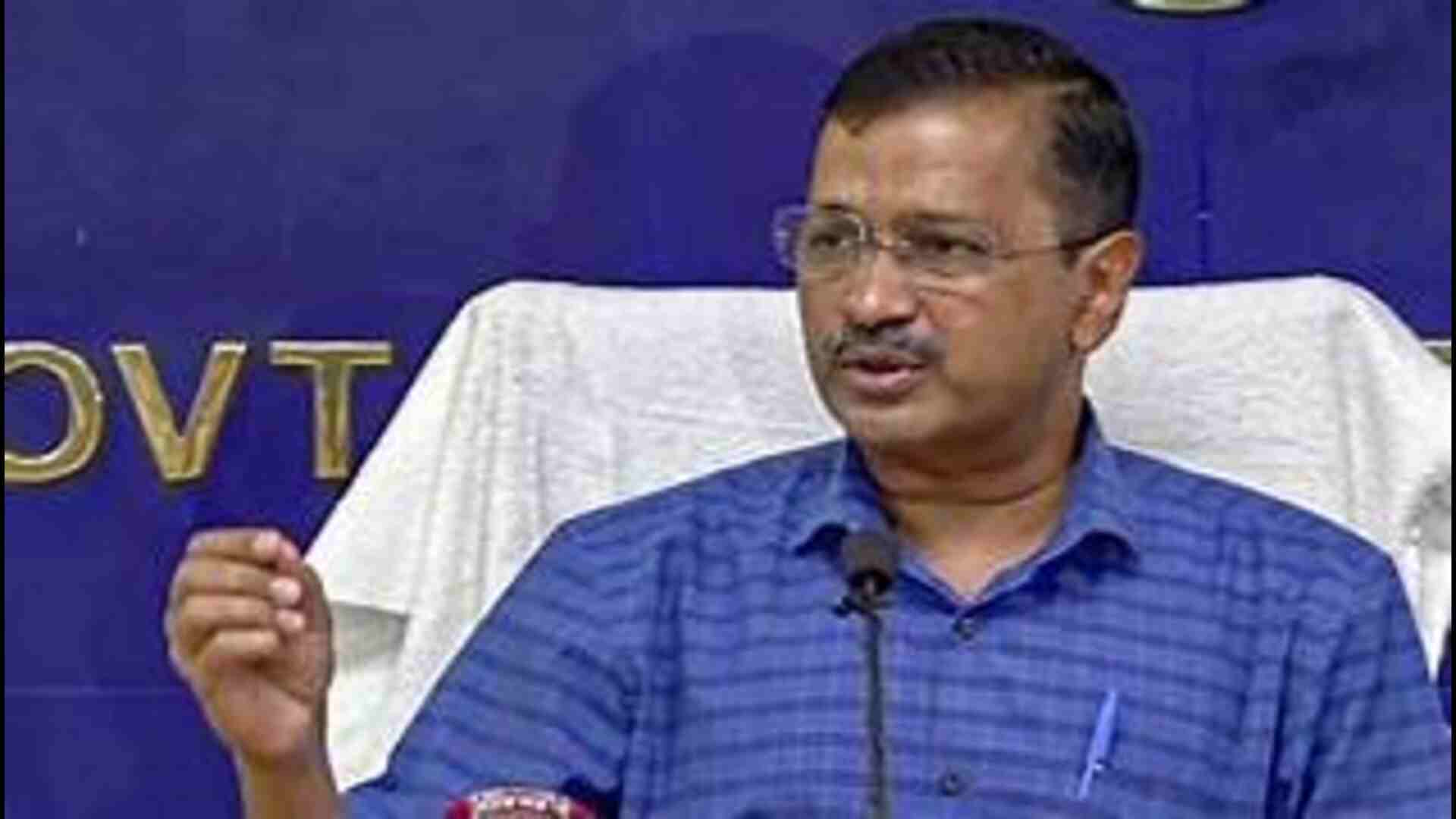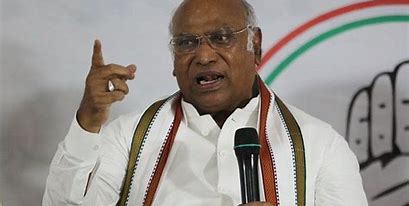In 2023, nearly 66 lakh students across India were unable to pass their Class X and XII board examinations, according to a recent report from the Ministry of Education. The report, which reviewed the performance of secondary and higher secondary students, highlighted a stark contrast in the success rates of students from central boards compared to those from state boards.
The study revealed that central board students had a significantly lower failure rate, with only 6% of Class X students and 12% of Class XII students failing their exams. However, state board students faced more difficulties, with 16% failing Class X and 18% failing Class XII. These statistics underscore the existing performance gap between students in central and state boards, a challenge that continues to affect India’s educational landscape.
According to the report, approximately 33.5 lakh students in Class X were unable to progress to Class XI, either due to failing the exams or not appearing for them. Meanwhile, 32.4 lakh students in Class XII were unable to complete their higher secondary education, further highlighting the issues within the education system.
The report conducted an in-depth analysis of 59 examination boards across the country. These included three national-level boards, such as the Central Board of Secondary Education (CBSE), and 56 state-level boards. Among these boards, 41 are responsible for overseeing both secondary (Class X) and higher secondary (Class XII) exams, while 18 manage only one of these levels. This examination provided insights into how different boards handle exams, revealing inconsistencies in performance, exam duration, and syllabus across the country.
One of the key findings was the overall decline in student performance in 2023 compared to 2022. The report attributed this drop to the larger syllabus covered in 2023 exams, which might have been more challenging for students. This raises concerns about how curriculum changes are affecting student outcomes and whether there is a need for more standardized teaching methods across the country.
India’s examination system is characterized by significant variation in syllabi across different boards. While most boards follow the syllabus prescribed by the National Council of Educational Research and Training (NCERT), some states continue to use their own curricula. Andhra Pradesh, Odisha, and West Bengal are among the states that have retained their unique syllabi, which reflects the ongoing debates surrounding the need for uniformity in education across India.
The differences in exam duration were another notable aspect of the report. For Class X exams, the duration ranged from just eight days in Bihar to a lengthy 34 days under the CBSE. The disparity was even greater for Class XII exams, with the shortest duration being 10 days in Bihar and the longest stretching to 63 days in Punjab. These variations suggest that educational boards across India have vastly different approaches to how they structure and organize exams, which could impact student performance and overall success rates.
Language choice also played a critical role in determining exam performance, according to the report. The majority of students took their exams in Hindi and English, with over 6.6 million and 6.7 million students, respectively, opting for these mediums. Interestingly, students who took their exams in regional languages such as Marathi, Punjabi, and Bengali achieved the highest pass rates. Marathi and Punjabi students led with an impressive 87.4% pass rate, followed closely by Bengali-speaking students at 84.5%.
The report highlighted notable progress for students from socio-economically disadvantaged groups (SEDGs), including girls, and Scheduled Caste (SC) and Scheduled Tribe (ST) students. Pass rates for these groups have shown improvement, particularly in government-run schools. For instance, around 33 lakh girls enrolled for Class X exams in government schools, surpassing the 32 lakh boys who registered. However, the trend reverses in private schools, where 38.2 lakh boys registered for the same exams compared to only 29.2 lakh girls. Despite these enrollment gaps, girls outperformed boys overall, particularly in the Arts stream, while boys dominated the Science stream.
The report also emphasized the need for a unified board system, pointing to the significant disparities in student performance between the Class X and Class XII exams within the same state. In states like Odisha and West Bengal, the gap between results for the two classes has widened. However, states such as Assam, Andhra Pradesh, Telangana, and Manipur have seen this performance gap narrow, indicating positive progress in their educational systems.
Ultimately, the report sheds light on the ongoing challenges and disparities within India’s education system. It underscores the need for more consistent curriculum and assessment standards across the country to ensure that all students, regardless of the board or state they belong to, have an equal opportunity to succeed.







